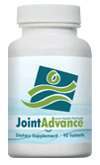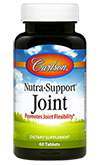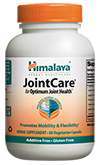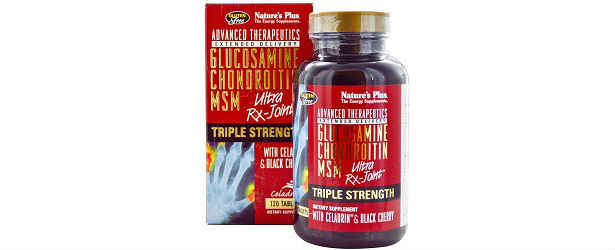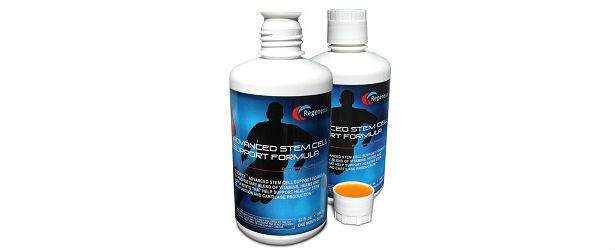
What to expect from Joint Conditions
Early diagnosis and preventive care play a large role in limiting the development of joint conditions, and in managing and reducing symptoms. Medicine has identified at least a hundred variants of joint problems. Still other types may not yet have been categorized and identified. While many variants do not have any known cure, the chances of being affected can be reduced. Nevertheless, when there is a pre-existing risk of developing the a joint malady. Early diagnosis is the best thing to do in order to delay progression and to minimize the debilitating symptoms and damage.
 Furthermore, the symptoms may be your body giving notice of another more serious problem. That’s why a doctor must be involved as early as possible so that treatment to analyze symptoms and so that rehabilitation will not be limited. Unfortunately, most people ignore the appearing symptoms, thinking they are only minor until everything escalates for the worse.
Furthermore, the symptoms may be your body giving notice of another more serious problem. That’s why a doctor must be involved as early as possible so that treatment to analyze symptoms and so that rehabilitation will not be limited. Unfortunately, most people ignore the appearing symptoms, thinking they are only minor until everything escalates for the worse.
Most doctors or medical experts agree that it is very important to have a consultation whenever patients feel something in their joints. This is especially true if anyone in their family suffered from this a joint condition, had some physical injuries recently or in the past, or if they are usually involved in physically stressful activities. It’s helpful to keep a short note of the things that they have observed or felt in the joints before the consultation. This simplifies the general process of diagnosis.
Diagnosing Joint Conditions
During the diagnostic process, the doctor conducts a thorough medical checkup, which includes but is not limited to, some basic exercises and movement that gauge the patient’s range of motion or measure the extent of the damage in the joints.
 Your medical history is important in the process of diagnosis. The medical history clarifies to the doctor your physical condition including any past illnesses or even just injuries that might have caused the joint problem to develop. Doctors also consider checking the patient’s family medical history to help gauge the risk of a genetic condition.
Your medical history is important in the process of diagnosis. The medical history clarifies to the doctor your physical condition including any past illnesses or even just injuries that might have caused the joint problem to develop. Doctors also consider checking the patient’s family medical history to help gauge the risk of a genetic condition.
The Tests
Several tests help the doctor to diagnose joint conditions. These tests also are used in other diagnostic procedure for other problems. A blood test is the most basic and common form of diagnostic test used by doctors to determine whether there is an infection involved, bacterial or viral. Determining these factors helps resolve any infection and all its symptoms, such as joint problems, through proper and effective medication.
A urine exam is another common type of diagnostic test that helps doctors see if there is an infection causing the joint problem or the progression of a joint condition. This test also measures the amount of natural chemicals in the body, whether they are elevated or decreased.
 In addition, doctors also require technologically aided diagnostics when the condition calls for them, like the X-ray and the CT Scan.
In addition, doctors also require technologically aided diagnostics when the condition calls for them, like the X-ray and the CT Scan.
The most basic among the high-tech diagnostics is the X-ray, which helps doctors have a glimpse of the bones’ condition. The CT Scan provides an even better image of the condition of joints, bones, muscles, and the tissues surrounding the area of concern.
After a proper diagnosis the general doctor usually refers the patients to a specialist for further consultation and in order to determine and receive the appropriate treatment for the symptoms as well as rehabilitation of the affected parts.
Basic Advice
Remember that preventive is the preferred route, as there is currently no cure for many types of joint problems. It is better to either avoid the issue completely by keeping healthy or to at least regularly consult a doctor if you see or feel something unusual in the bones or in any joint area.
TOP 5
JOINTTreatments |
|||||
| Jointlax | Joint Advance | Exomine | Carlson Nutra-Support Joint | Himalya JointCare | |
|---|---|---|---|---|---|
| 1 | 2 | 3 | 4 | 5 | |
| Price (1 bottle) Price (6 bottles)best value |
$49.95 $139.0 |
$39.95 $239.70 |
$59.95 $239.70 |
$56.50 $339.00 |
$29.95 $179.70 |
| Overall Rating | 99.50% | 91% | 78.30% | 72.00% | 69% |
| Performance* |





|





|





|





|





|
| Speed of Results* | Extremely Fast | Good | Average | Average | Slow |
| Quality of Ingredients | Premium | Good | Good | Average | Unknown |
| Customer Satisfaction Evaluation | 99.20% | 87% | 76.20% | 72% | 66.30% |
| Safety Evaluation | Safe for Use | Safe for Use | Safe for Use | Safe for Use | Safe for Use |
| Customer Service Rating |





|





|





|





|





|
| Reorder Rate | Highest | Good | Good | Average | Average |
| Return Policy | Risk Free | Unopened | Unopened | Risk Free | No |
| Success Rate | 99.40% | 82.50% | 74% | 71.20% | 62% |

 Subscribe Now
Subscribe Now
